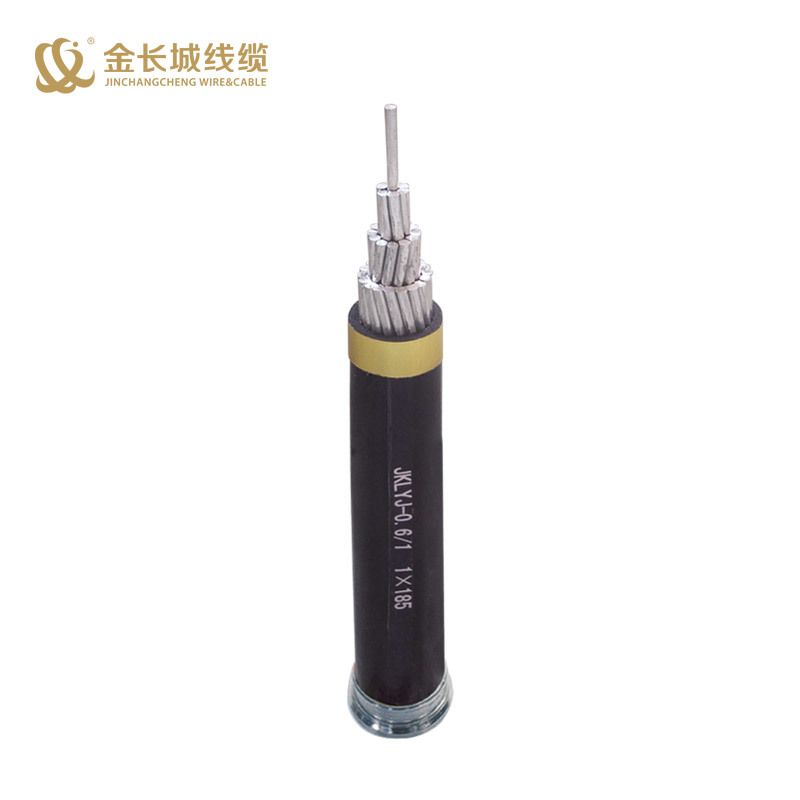What are the common overhead insulated conductor insulators?
Release time:
2022-10-08
Insulator: A device used for the mechanical fixation of electrical insulation and electrical equipment or conductors under the action of a potential difference. For insulators on overhead insulated wires, it is generally said that the conductor is live and the tower can conduct electricity, so it is necessary to add some non-conductive things between them and hang the conductor on the tower.

Insulator: A device used for the mechanical fixation of electrical insulation and electrical equipment or conductors under the action of a potential difference. For insulators on overhead insulated wires, it is generally said that the conductor is live and the tower can conduct electricity, so it is necessary to add some non-conductive things between them and hang the conductor on the tower.

There are three basic forms of common overhead insulated wire insulators, porcelain insulators, glass fiber reinforced plastic insulators and composite insulators.
glass fiber insulator:
The unit of porcelain insulators and FRP insulators is sheet, and the number of overhead insulated wire insulators varies according to the voltage level of the line. It is mainly calculated according to the creepage ratio distance.
Composite Insulators:
This is a composite insulator made of silicone rubber. Unlike ceramic insulators and fiberglass insulators, the length of each overhead insulated conductor insulator is fixed, not one piece. Therefore, the choice of length depends on the voltage level, pollution level and altitude of the area. It has a very large piece on it, which is used to prevent bird droppings and other dirty things from falling to the edge of the insulator below, so it is easy to be struck by lightning. Every year, accidents occur because of bird droppings, so bird prevention is a very important job.
Causes of zero-value defects in insulators
1. The quality of overhead insulated conductor insulators is poor. The bonding interface process and the poor porcelain insulator material will lead to the production of zero value insulators. On the bonding surface of porcelain insulators with porcelain, cement, steel and other materials with different thermal expansion coefficients, generally should be coated with asphalt and other materials as a buffer layer. If the buffer layer is too thin or the compatibility with porcelain, cement and other materials is not enough, the overhead insulated conductor insulator will withstand the change of the external temperature, and the interface will crack. There are trachoma in porcelain insulators, or the grain size of porcelain is too large, micro cracks appear in the process of long-term use, and when the cracks expand to a certain extent, low zero value insulators are produced.
2. Hit by lightning many times. When the overhead insulated conductor insulator can withstand the impact of gradient and high amplitude voltage, the insulator under high voltage (porcelain head), insulation partial discharge may produce relatively weak damage, and after repeated steep shock wave impact, the insulator porcelain head damage will gradually expand, to a certain extent, will lead to the formation of low value of the insulator.
3. Excessive mechanical load. Thick ice and strong wind exceeding the design wind speed cause excessive mechanical stress on the insulator, which may cause the steel pin of the overhead insulated wire insulator to crack and produce low zero value insulators.
The early zero value of porcelain insulators is mostly caused by their own materials. With the improvement of the technical level of porcelain insulators for overhead insulated wires, the corresponding number is relatively reduced. With the increase of the service life of porcelain insulators, attention should be paid to the zero value caused by repeated lightning strikes. Pay attention to the Golden Great Wall to learn more about overhead insulated conductors.
TAG:
Recommend
Service Hotline:
E-mail:
Address:
Yincun Economic Development Zone, Renqiu City, Cangzhou City, Hebei Province


